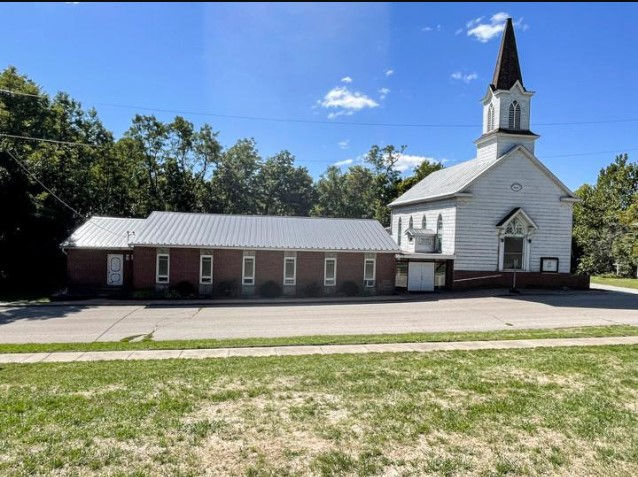The Mormon Battalion
- Joseph Johnstun
- Oct 2, 2023
- 2 min read
In 1846, as the Saints were leaving the United States, Brigham Young sent Jesse C. Little to Washington DC to try to get aid from the federal government for the move to the West. Little arrived just after Congress declared war against Mexico, and proposed a plan to President James K. Polk for the enlistment of Mormon men into the US Army.
Polk approved Little’s plan, and sent Capt. James Allen to recruit up to 500 volunteers. Most Saints were initially suspicious, but after encouragement from Young, five companies were formed.
The Mormon Battalion was mustered into service July 16, 1846. Stopping at Fort Leavenworth for training, the Battalion marched to Santa Fe (now New Mexico), Tucson (now Arizona), and finally to San Diego (now California), arriving there January 29, 1847, a journey of more than 2,000 miles.
Although they never fought a battle, on the night of December 11-12, 1846, the camp was charged by stampeding wild cattle. Several men fired their weapons, becoming humorously known as the “Battle of the Bulls.” On January 25, 1847, the Battalion guarded Luisueño Indians in gathering their dead after approximately 40 of their number were killed by Mexican-aligned forces in the Temecula Massacre.
The Battalion was mustered out at Los Angeles July 16, 1847. While most headed back to their families along the Missouri River, about 100 men went to work for John A. Sutter near Coloma, California. Four of them, Henry W. Bigler, James S. Brown, William J. Johnstun, and Azariah Smith, were present when James W. Marshall discovered gold on January 24, 1848.
Sutter directed the gold discovery be kept secret, but James S. Brown recalled, “About this time Wm. Johnston found that he had some urgent business below and must go there, and did so; he went to the gristmill and along the camps on that mill race. Then somehow or other the bag came untied and our old cat and all the kittens ran out, until everybody heard of the gold discovery.”


Comments